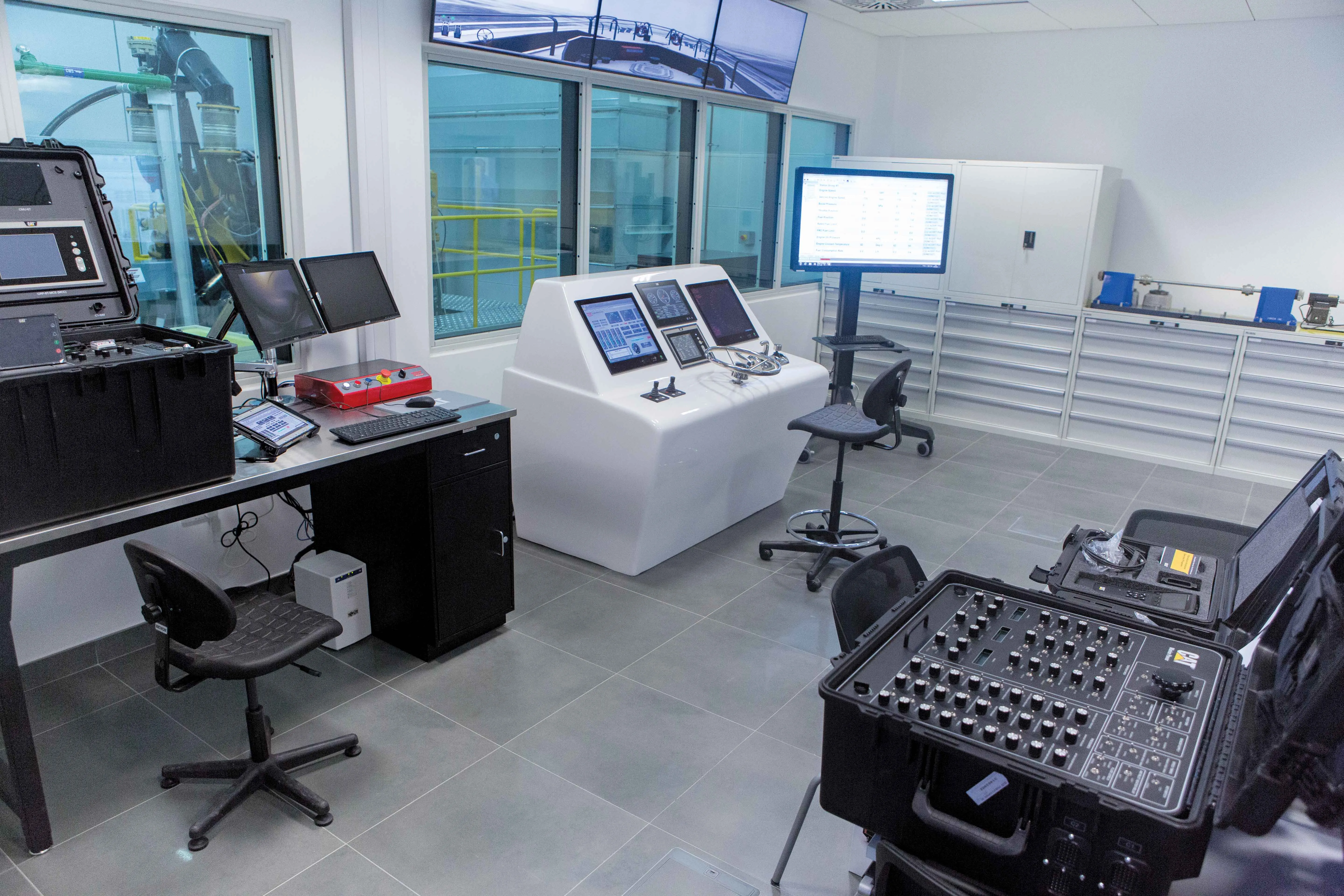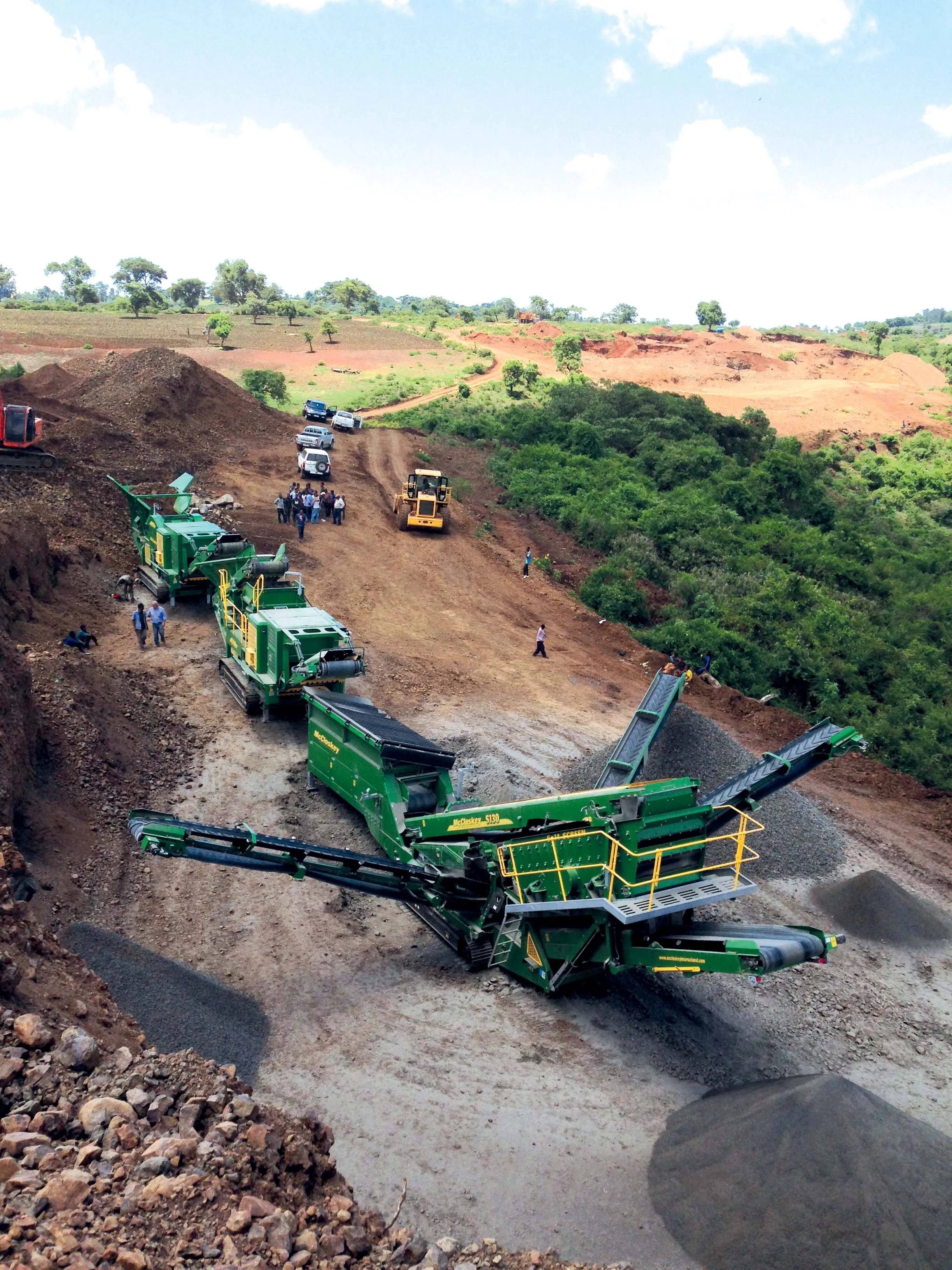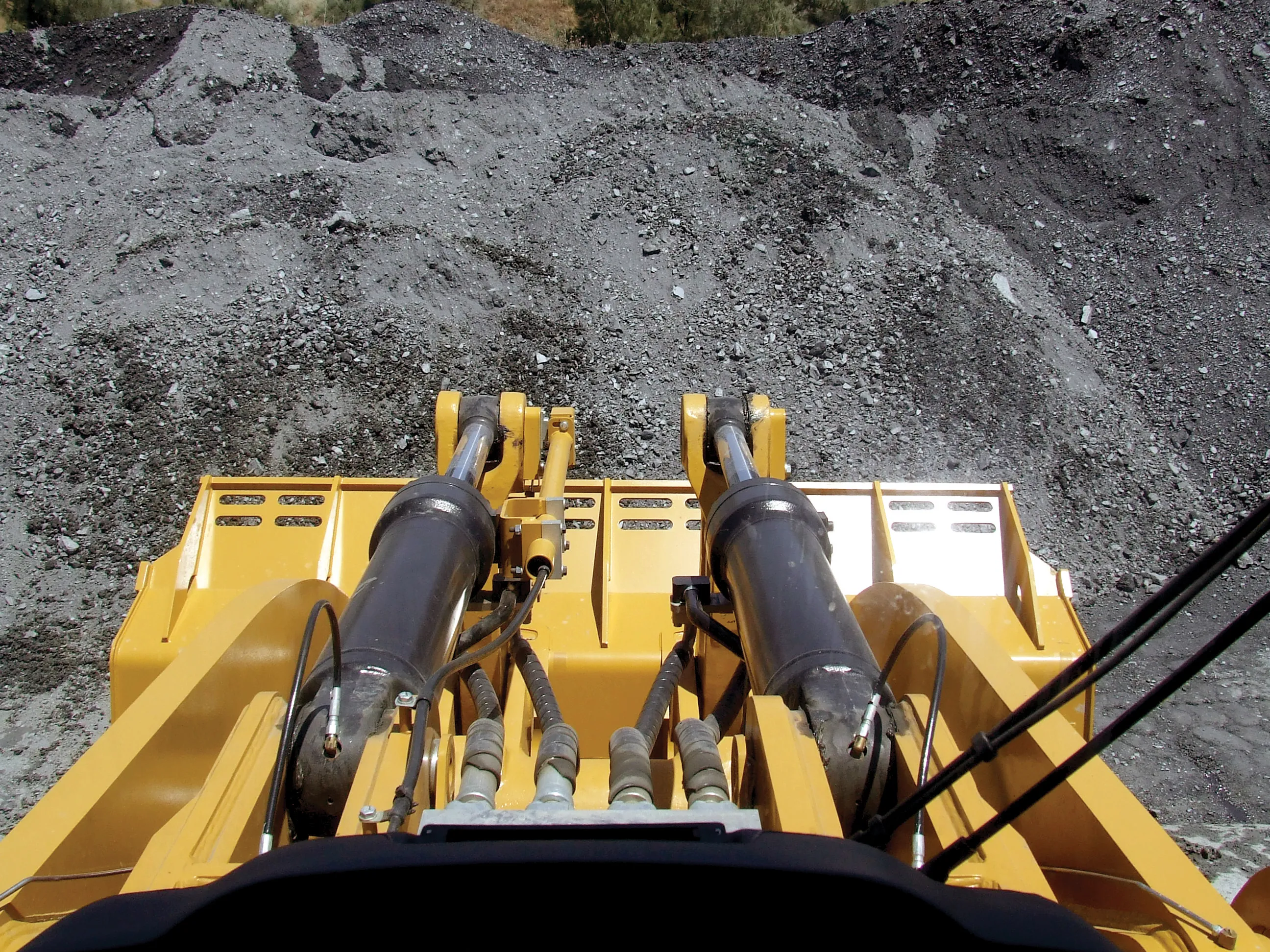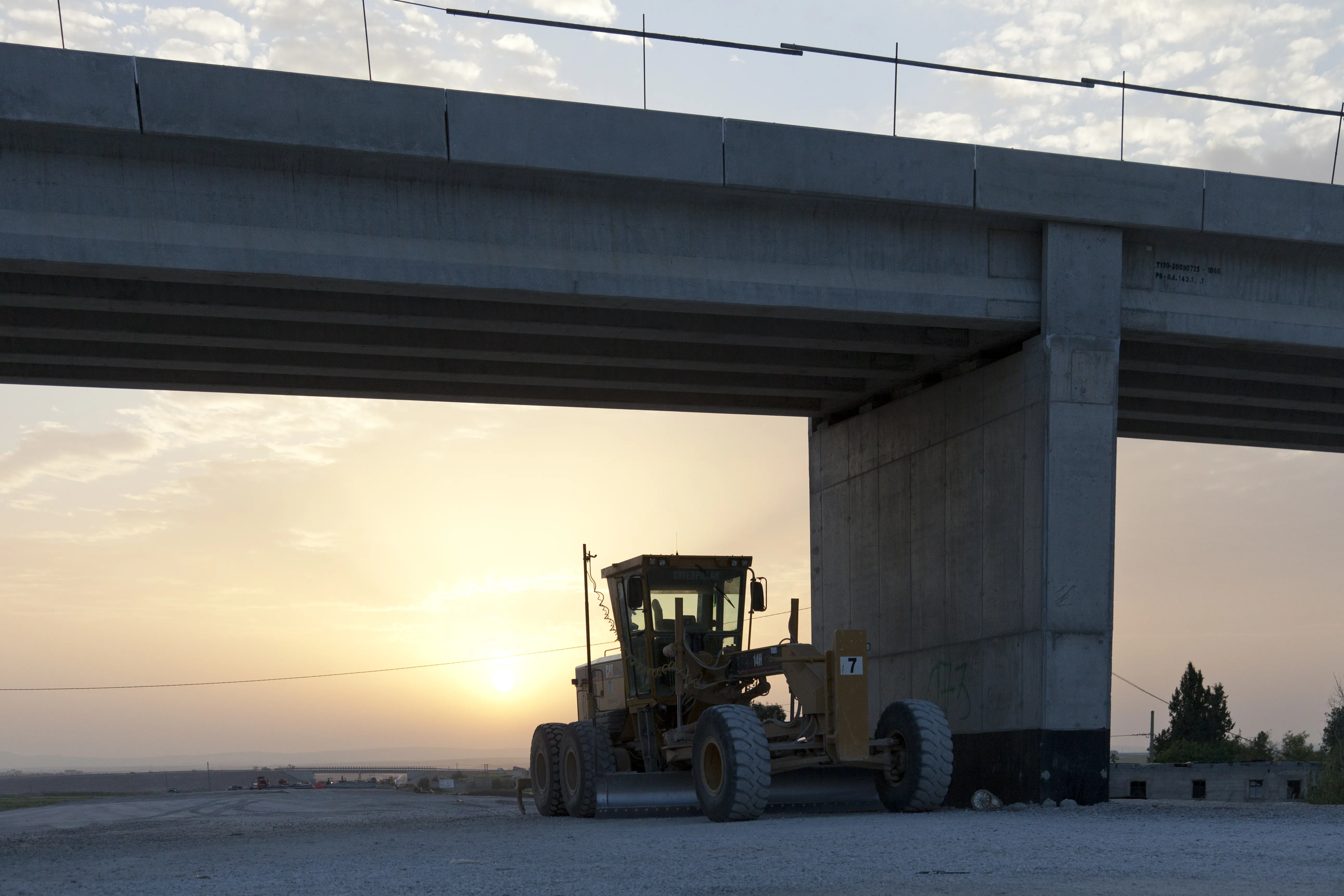
Caterpillar has established a regional training centre in Dubai
This new technical and sales training facility is intended to support over 7,000 Cat dealer technicians in the Africa and Middle East (AME) region.
The facility is offering hands-on machines and power systems technical and sales training to
At an investment of more than US$7 million, the approximately 1,700m2 facility employs around 40 people, with high-level technical staff primarily recruited from the region. The more than 7,000 technicians at AME Cat dealers have some of the most direct connections with Caterpillar customers as they service and maintain their equipment.
“Our Training Center in Dubai is a key part of our plans for the Middle East and Africa and will ensure Caterpillar and our dealers can be relied upon for providing unsurpassed support to our customers. This is an important region for Caterpillar and we expect to see strong, continued growth for our customers, and we will grow to support that,” commented Nigel Lewis, vice president with responsibility for Caterpillar’s EAME Distribution Division.
The centre will also feature a lab for scheduled oil sampling analysis that will help meet critical customer required turnaround time of emergency samples and reduce downtime of Caterpillar products in the region. The centre will be located at Caterpillar's Middle East parts distribution centre and regional sales and marketing office in Jebel Ali, Dubai.









